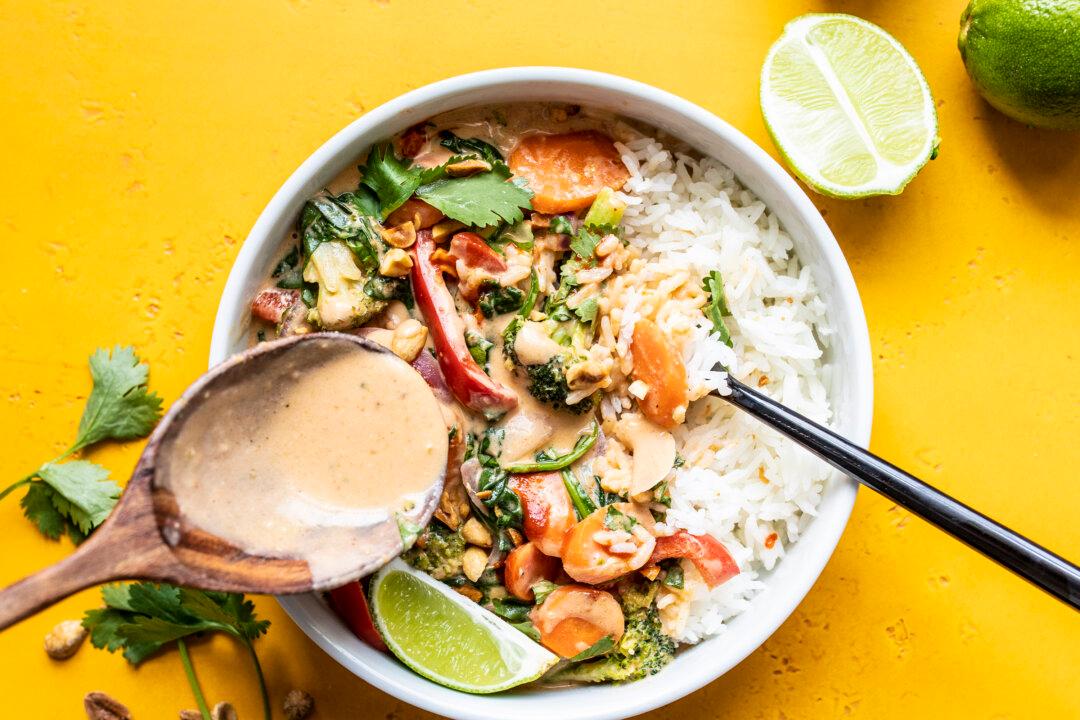Good food doesn’t have to break the bank. Beth Moncel has made it her mission to prove it.
Moncel is the Nashville-based food blogger behind Budget Bytes, where she shares money-saving tips and hundreds of simple, quick, and budget-friendly recipes—all broken down by price per ingredient and cost per serving. A skillet of creamy tomato and spinach pasta, for instance, will run you $0.93 per serving; slow-cooker sesame beef brings it up to $1.71. And for dessert, you can have fudge brownie pots for $0.52 each.






